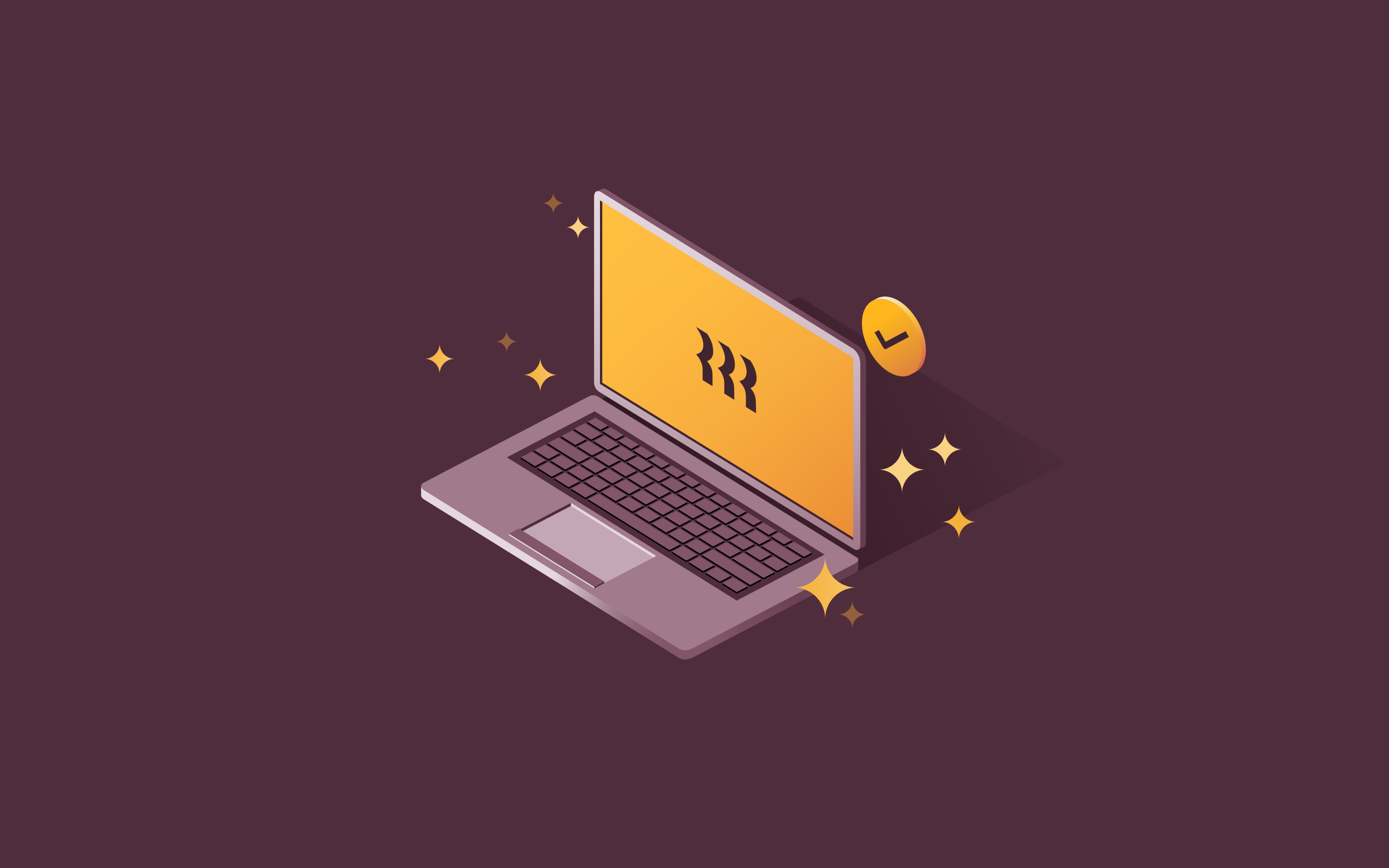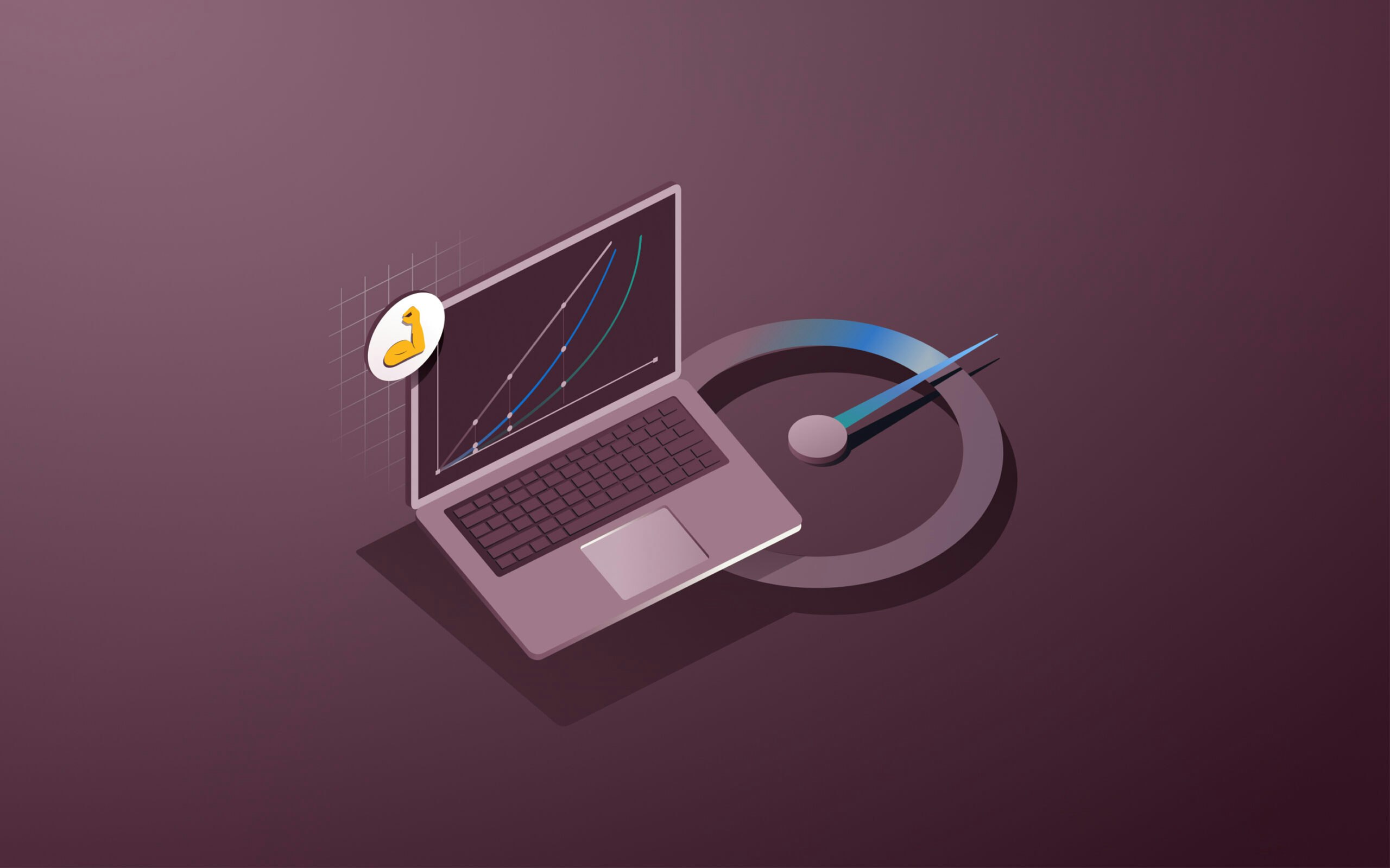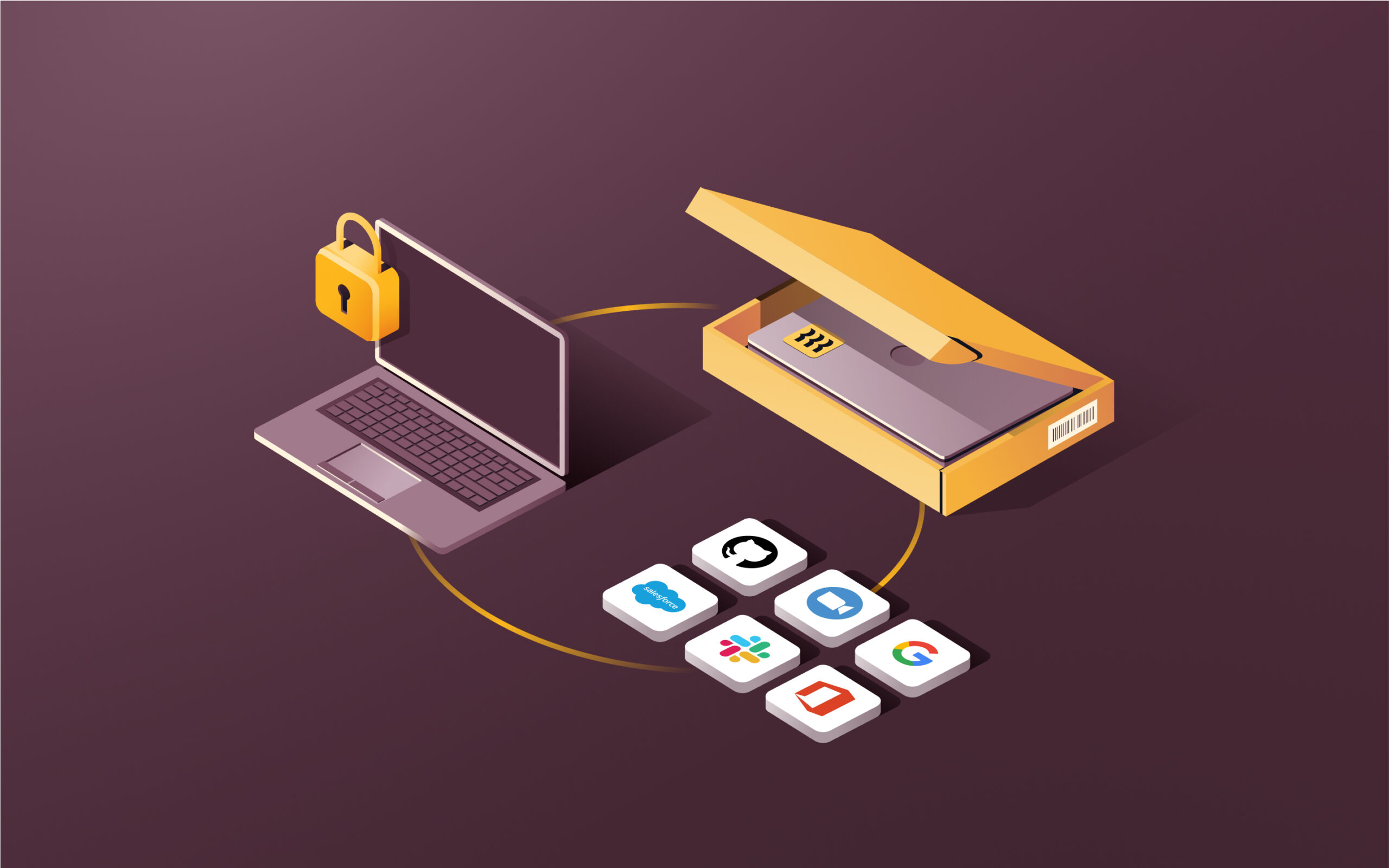What is remote monitoring and management (RMM)?

RMM is a process that allows IT teams to monitor, manage, and control various IT assets from a remote location. It provides a centralized platform to oversee the performance and security of devices, enabling proactive issue resolution, and automation of routine tasks.
In this digital age, a company's success depends heavily on the performance and reliability of its IT systems. Employees need consistent access to the applications and data that power the business. Customers expect websites and services to be available around the clock. Any slowdowns or outages can quickly eat into productivity and profits.
But as IT environments grow more complex and distributed, keeping tabs on a sprawling fleet of servers, computers, and mobile devices is a huge challenge. IT teams are stretched thin troubleshooting issues, rolling out updates, and ensuring security across the organization. Too often they're stuck in firefighting mode, reacting to problems after they've already impacted end users.
Fortunately, remote monitoring and management (RMM) solutions provide a smarter approach. With RMM, IT staff can keep a close eye on the entire infrastructure from anywhere, spotting and fixing issues before they disrupt the business. Repetitive maintenance tasks can be offloaded through automation, freeing up time for higher-value projects.
While RMM offers some important capabilities, it's vital for organizations to also understand where mobile device management (MDM) fits in and how it’s ultimately a stronger solution for both securing and streamlining IT operations. Let’s take a deeper dive.
What is RMM?
RMM simply refers to the process of monitoring and controlling IT systems from a remote location. RMM software gives managed service providers (MSPs) and IT professionals a centralized platform to monitor the health and performance of all the IT assets they manage across their organization or for their clients.
The specific types of endpoints and resources covered by RMM can vary, but generally include:
- Desktops and laptops
- Servers (on-premises and cloud)
- Network devices (firewalls, switches, routers, etc.)
- Mobile devices (smartphones, tablets)
- Printers and other peripherals
- Software applications
By collecting and analyzing data from all these disparate assets, RMM solutions give IT complete visibility into their environment. From a single pane of glass, they can track key metrics like device connectivity, CPU and memory usage, storage capacity, and more. When an issue emerges, such as a server outage or security breach, IT is immediately alerted and can take swift corrective action.
How does remote monitoring and management work?
At the heart of any RMM solution is a lightweight software agent that gets installed on each device to be monitored. This agent continuously tracks various data points about that asset's health and performance, and sends that information back to the central RMM platform.
Some examples of data the RMM agent might collect include:
- Hardware metrics (CPU, RAM, disk usage, etc.)
- Installed software versions
- OS version and patch status
- Active Directory status
- Anti-malware status
- Resource utilization by process
- Login and access attempts
As this data flows into the RMM console, it is aggregated, standardized, and analyzed. The RMM software then applies pre-defined rulesets to spot issues or anomalies requiring attention, enabling efficient remote management and network management.
For example: If a server's memory usage crosses a critical threshold, the RMM platform can automatically trigger an alert to the appropriate IT staff. The admin can then log into the RMM console, pull up the detailed metrics for that specific server, and take action to add resources or adjust processes to prevent a crash.
Benefits of RMM
From reducing downtime to strengthening security, RMM tools deliver major advantages for any organization looking to better manage its IT environment. Some of the most substantial benefits include:
Enhanced security
RMM equips IT teams with tools to protect devices from cyber threats. It enables rapid deployment of updates, consistent monitoring of security policies, and detection of anomalous activity. For instance, if an employee's laptop is compromised, RMM can detect unusual login behavior, immediately lock the device, and alert IT staff. This swift response can contain potential threats before they escalate.
Increased productivity
By continuously monitoring device and application performance, RMM allows IT to quickly resolve issues that impact employee productivity. For instance, when a salesperson's Salesforce software keeps crashing while they're trying to update opportunities, or a designer's workstation struggles to keep up with their latest Figma project, IT can step in and start troubleshooting right away. Keeping these essential tools running smoothly ensures employees can focus on their core responsibilities like closing deals or perfecting designs without tech hiccups slowing them down.
Cost savings
RMM drives IT efficiency that directly impacts the bottom line. It automates routine tasks, enables remote support (reducing travel costs), and helps prevent costly incidents such as downtime and security breaches. Say a company with hundreds of endpoints needs to roll out a critical security patch. Manually updating each device would take massive time and effort. With RMM, it can be scheduled and executed from a central console with a few clicks, allowing IT to move on to more strategic work.
Simplified compliance
RMM generates comprehensive reports and audit logs that facilitate compliance with regulations such as HIPAA, PCI DSS, and GDPR. Instead of scrambling to piece together data from disparate systems, IT can quickly document that the proper controls are in place. Plus, many issues that commonly lead to compliance gaps, like missed patches, can be addressed efficiently through automation.
Data-driven decision making
All the data collected by RMM gives IT departments incredible visibility into the inner workings of their environment. With customizable dashboards and reports, admins can track key metrics like device health, application usage, user experiences and more. This information enables IT to transition from reactive problem-solving to a more strategic, proactive approach. For instance, if RMM data indicates frequent storage capacity issues in certain departments, IT can proactively allocate resources or adjust procurement strategies to address these needs.
What are the use cases of RMM? 4 examples
While RMM has its applications in various sectors, it's important to understand where it fits in the broader landscape of device management solutions. Here are some common scenarios where RMM is used:
Small and medium-sized businesses
SMBs often have limited IT staff and budget. RMM allows them to manage their fleet of devices efficiently despite constrained resources. A small IT team or even a solo admin can remotely monitor and maintain many endpoints, resolving issues quickly to keep the business running.
Healthcare practices
Healthcare is a highly regulated industry where data security and systems availability are paramount. With RMM, practices can centrally ensure all devices are configured to meet HIPAA requirements. Performance issues that could interrupt patient care are proactively detected and fixed.
Managed service providers
For MSPs, RMM is an essential tool to effectively serve their clients. By centrally monitoring all client endpoints and networks, they can provide fast support, minimize client downtime, and prove their value as an IT partner. Automation also helps them manage many clients efficiently.
Financial institutions
Banks and financial firms face intense pressure to keep systems and data locked down given the sensitive information they handle. RMM gives them granular control over device configurations and user permissions to enforce security policies, support strict regulatory requirements, and maintain compliance.
Remote monitoring and management software features and capabilities
With many RMM solutions on the market, it's important to choose one that provides the right capabilities for your organization's particular needs. Some key features and functions to look for include:
Device coverage
An RMM tool should support the broadest possible range of devices and operating systems to eliminate visibility gaps. In addition to Windows and macOS machines, mobile device support is increasingly a must as workforces go remote. Specialized capabilities may also be required for less common endpoints like point-of-sale systems, digital signage, or IoT devices.
Alert customization
To ensure your RMM platform is surfacing the most critical information without overwhelming admins with noise, granular alert configuration is essential. Determine which specific events and thresholds you need to track for different asset types, then confirm the RMM tool lets you tailor alerts to match. Also consider how flexible the alert notification options are, with the ability to set conditional rules and distribute to IT staff via email, SMS, or third-party tools.
Automation and scripting
One of the biggest advantages of RMM is the ability to automate time-consuming workflows. Evaluate solutions' built-in automation capabilities carefully, looking for an intuitive interface that lets you set rules with minimal scripting. At the same time, it should allow your team to develop custom scripts that can be executed remotely across devices to meet unique needs.
Reporting and analytics
To surface actionable insights from volumes of RMM data, a solution's reporting capabilities are critical. Determine which pre-built reports are available out-of-the-box for areas like asset inventory, patch management, software usage, and alert history. Evaluate how easy it is to generate custom reports for your unique needs. Bonus points if the RMM tool has AI/ML-powered features that can predict future issues and make recommendations.
Patch management
With new vulnerabilities emerging constantly, the ability to identify and deploy critical patches quickly across the environment is paramount. The best RMM solutions will automate patch scanning and provide flexible, policy-based deployment options. For example, you should be able to configure rules to auto-approve certain patch types and schedule after-hours installation. Real-time reporting of patch status and history for each endpoint is also key.
RMM vs. MDM: Which is the right tool?
As the variety of devices increases and the boundaries between work and personal devices become less clear, many IT teams are weighing the differences between RMM and MDM solutions. While there is some functional overlap between the two categories, they are designed to meet distinct needs.
RMMs are built to comprehensively monitor and manage a heterogeneous IT environment. They can support everything from physical and virtual servers to laptops, desktops, mobile devices, and network infrastructure. The emphasis is on maintaining the stability, performance, and security of business-critical technology assets.
MDM, in contrast, is laser-focused on securing and controlling devices and apps. Its core purpose is ensuring mobile devices comply with organizational security policies and have access to appropriate business resources.
Some key advantages of MDM include:
- Granular policy enforcement: MDM lets you precisely define which security policies should apply to each type of device, user and app. You can easily mandate encryption, password complexity, jailbreak detection, and dozens of other rules.
- Tighter compliance: With robust policy, encryption and access controls, MDM helps you meet mobile-specific rules within regulations.
- Better end-user experience: MDM is designed with mobile employee productivity in mind. Self-service features help users help themselves. Conditional access ensures the right apps and content are always available.
- Enhanced mobile threat defense: MDM solutions increasingly offer advanced features like AI-based threat detection, network protections, and phishing prevention. It helps to keep constantly exposed mobile endpoints safe.
For organizations serious about device security and efficiency, MDM is a must-have. Trying to manage mobile devices through an RMM console alone can leave you with dangerous gaps and blindspots. MDM provides the deep visibility and control needed to fully optimize business mobility.
So while RMM is a useful tool for overseeing back-end infrastructure, MDM should always be the foundation of your mobile management approach.
Streamline your IT management with Rippling
Rippling is an all-in-one platform that makes it easy to secure and manage your organization's devices, apps, networks, and more. While not an RMM, Rippling's cross-OS MDM delivers advanced device management capabilities through a single, intuitive interface.
With Rippling, you can:
- Automatically provision devices with the right apps and settings for each employee
- Remotely onboard, manage, and wipe corporate-owned and BYOD endpoints
- Centrally configure and enforce security policies across your entire fleet
- Continuously monitor device health and remediate issues without disrupting users
- Streamline your device inventory tracking and auditing processes
- Enable end users with on-demand remote troubleshooting and IT support
But Rippling delivers value beyond device management alone. By unifying your IT, HR and finance systems, Rippling helps you drive efficiency and automation across your core workforce processes:
- Onboarding and offboarding users with a few clicks
- Granting and revoking app access automatically
- Syncing employee data across business systems
- Managing software licenses cost effectively
- Handling identity and access management at scale
Say goodbye to the days of stitching together RMM with siloed IT tools. Our unified platform ensures that all your devices and users remain productive and protected, especially as your organization scales.
Frequently asked questions
What is the difference between RMM and MDM?
RMM solutions let you monitor and manage on-premises and cloud infrastructure, along with end-user computers. MDM is solely focused on managing and securing mobile devices, apps and content. MDM provides more granular control over mobile security and policies.
How does RMM improve IT security?
RMM platforms give IT teams complete visibility into device health and security posture across the environment. They can centrally enforce security policies, rapidly deploy patches, and proactively detect threats. Issues can be resolved before they cause downtime or data breaches.
How can Rippling assist with IT management?
Rippling unifies MDM and other key IT systems in one platform. You can automate device provisioning, enforce policies, enable remote support, and maintain detailed asset records with greater ease than juggling multiple tools. And by connecting your people data, you'll streamline all your IT processes.
Schedule a demo with Rippling IT today
This blog is based on information available to Rippling as of August 23, 3034.
Disclaimer: Rippling and its affiliates do not provide tax, accounting, or legal advice. This material has been prepared for informational purposes only, and is not intended to provide or be relied on for tax, accounting, or legal advice. You should consult your own tax, accounting, and legal advisors before engaging in any related activities or transactions.









